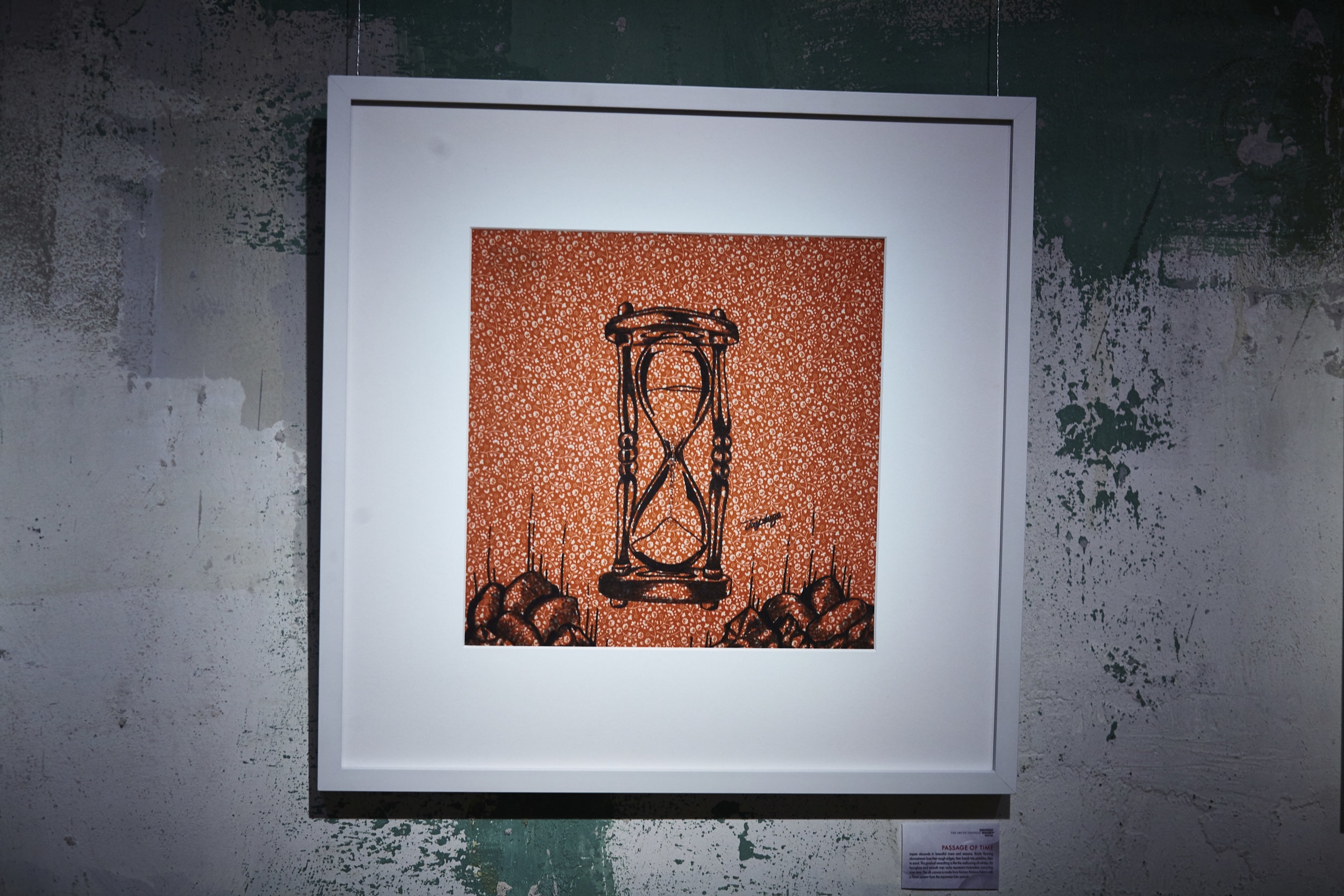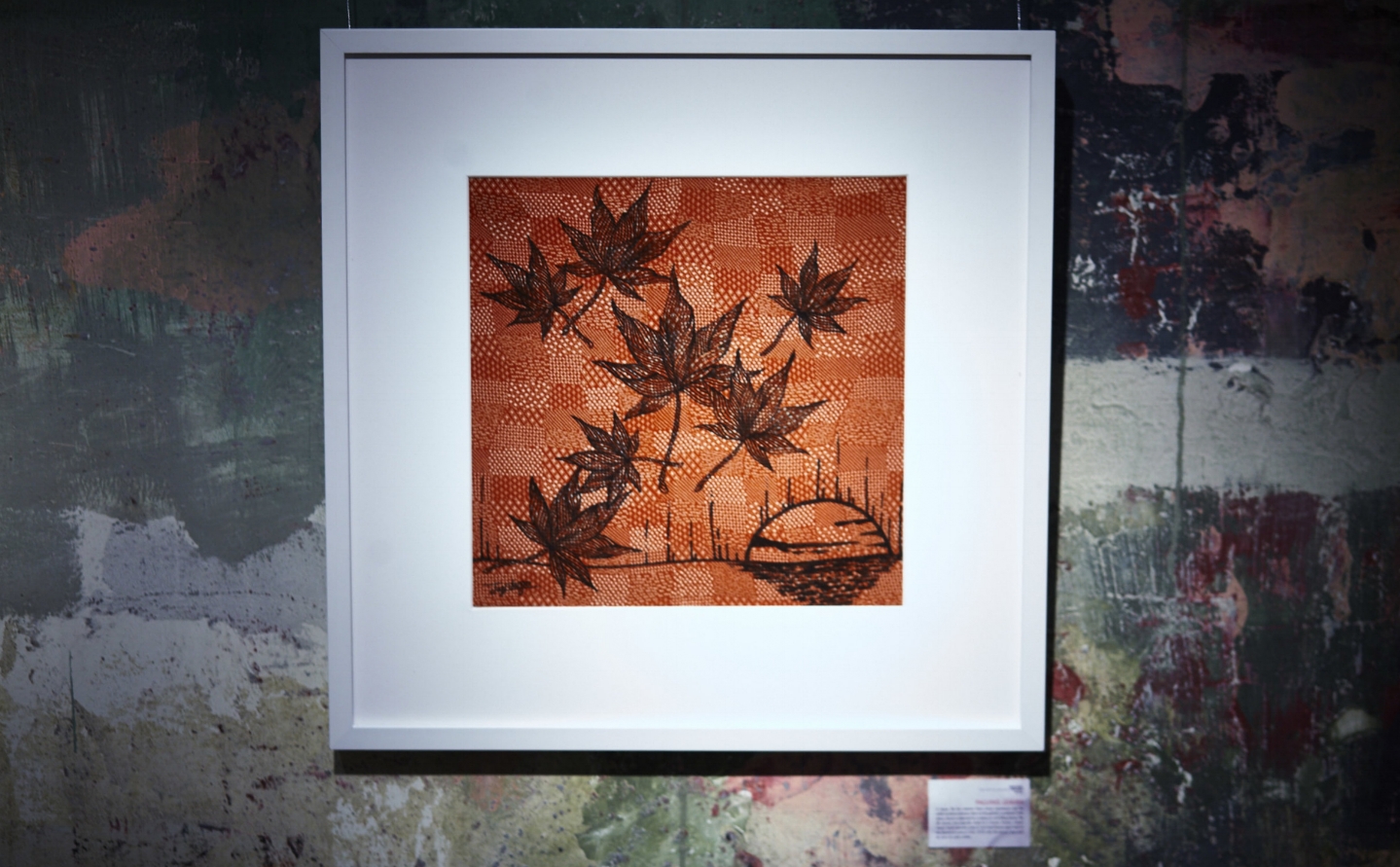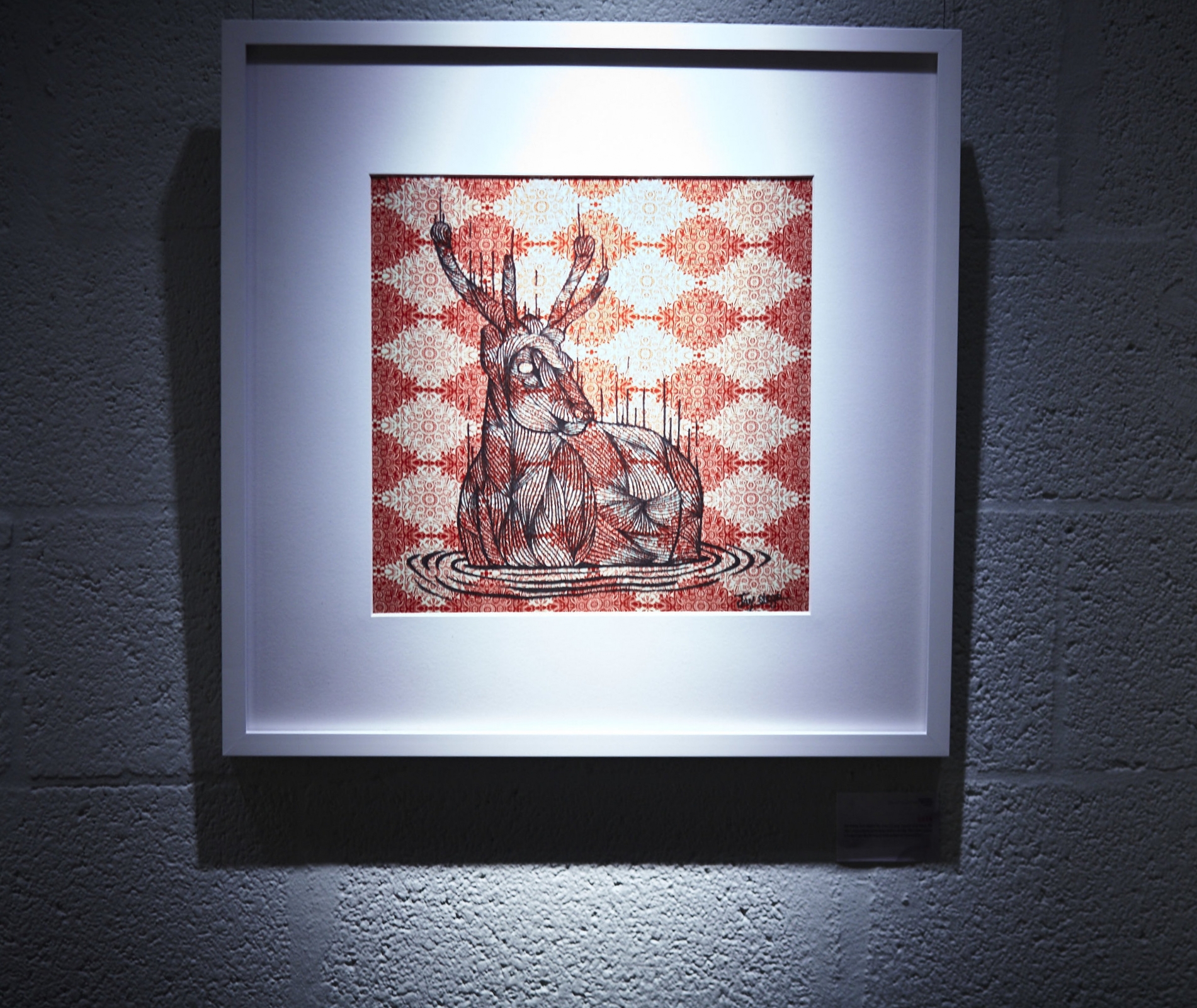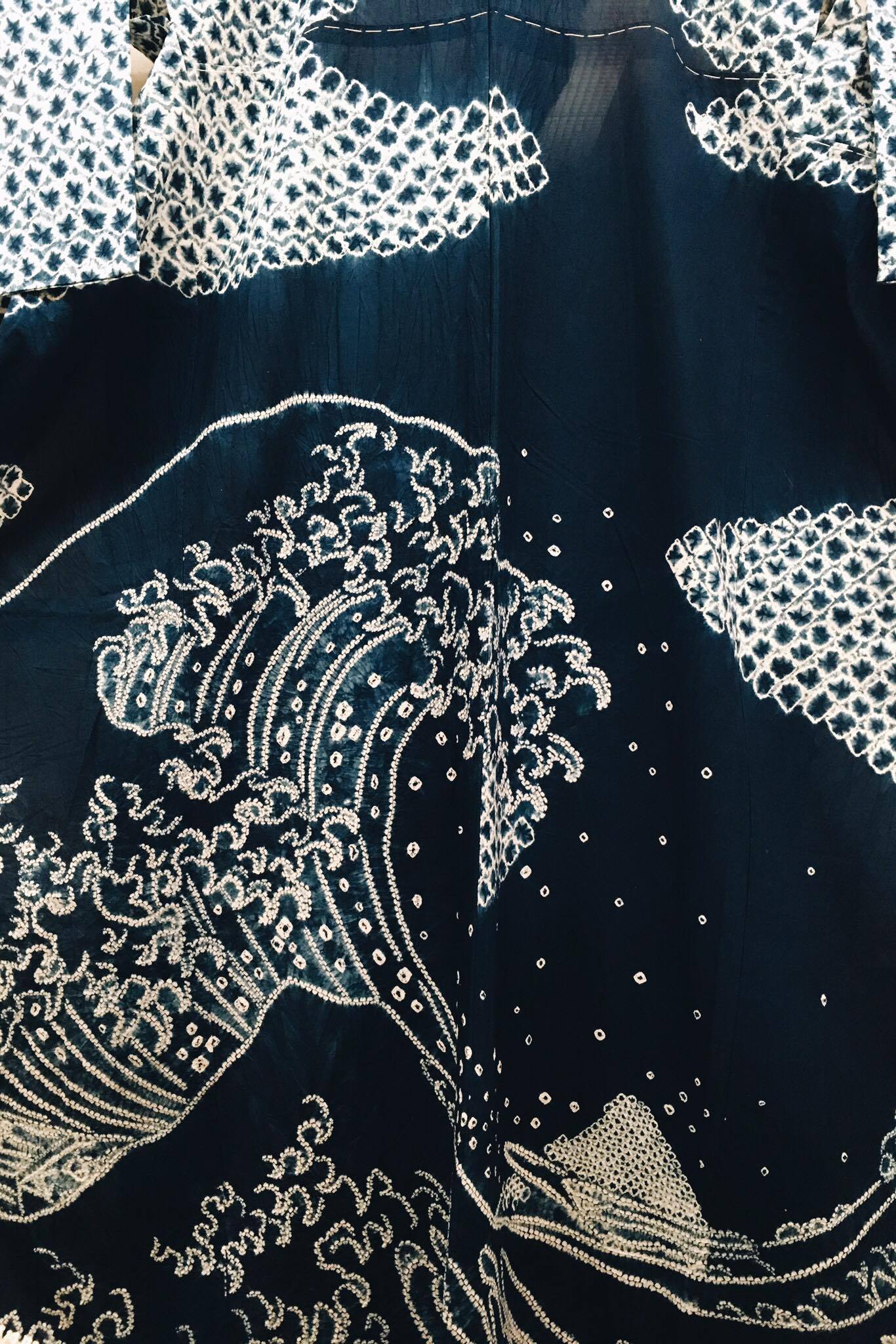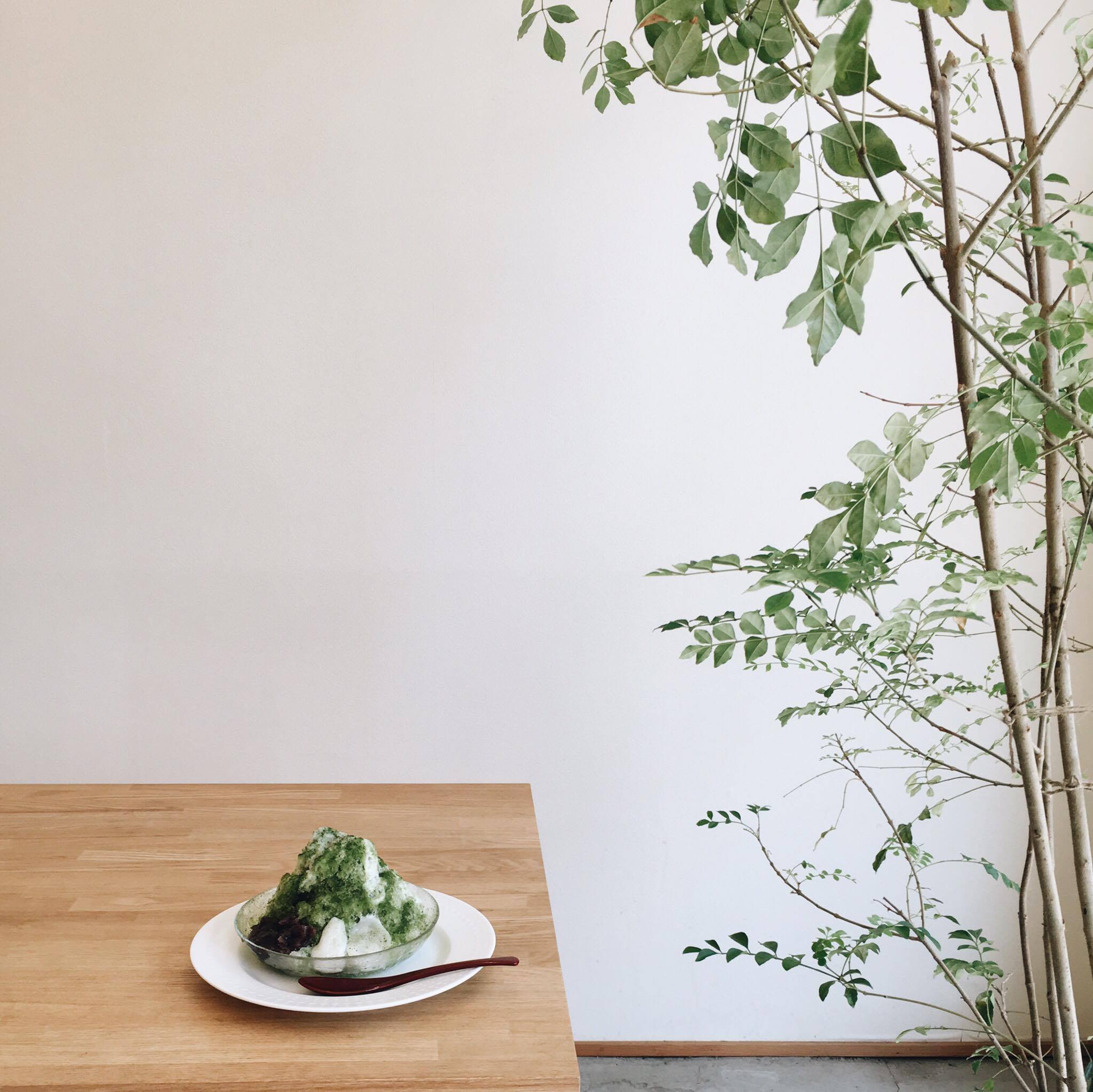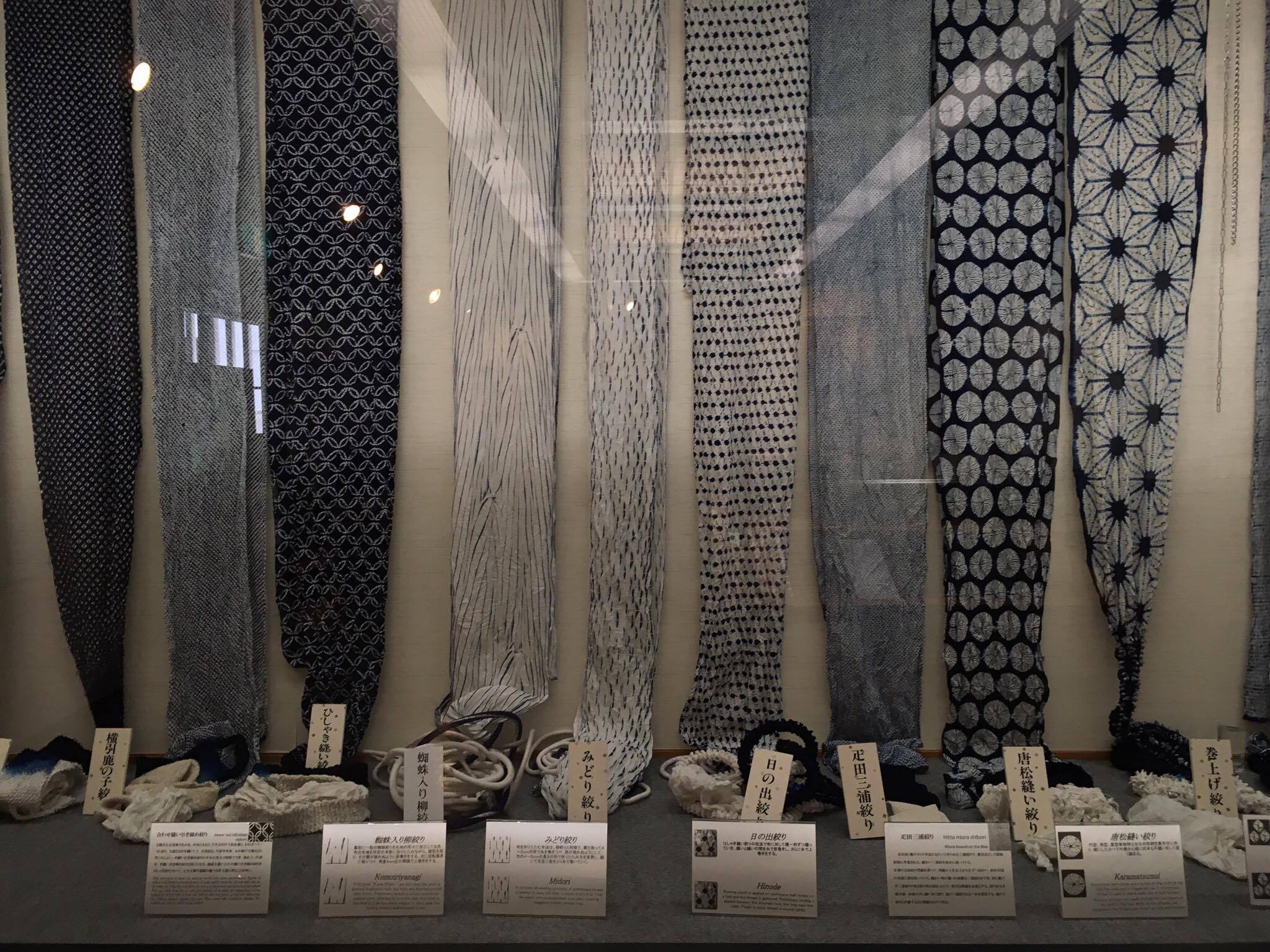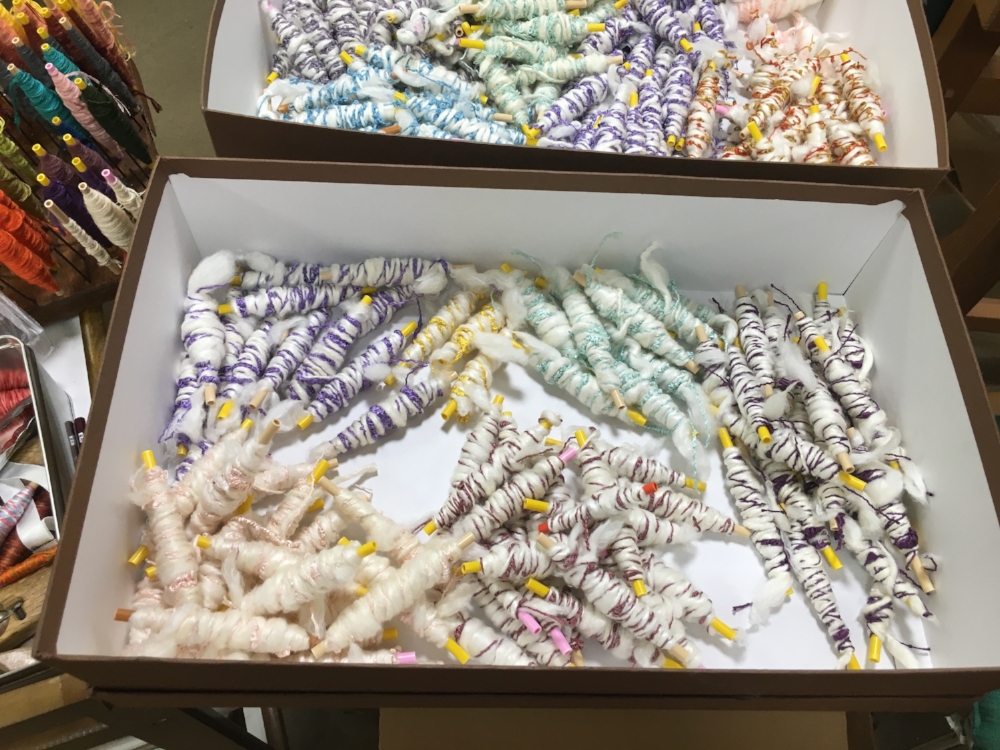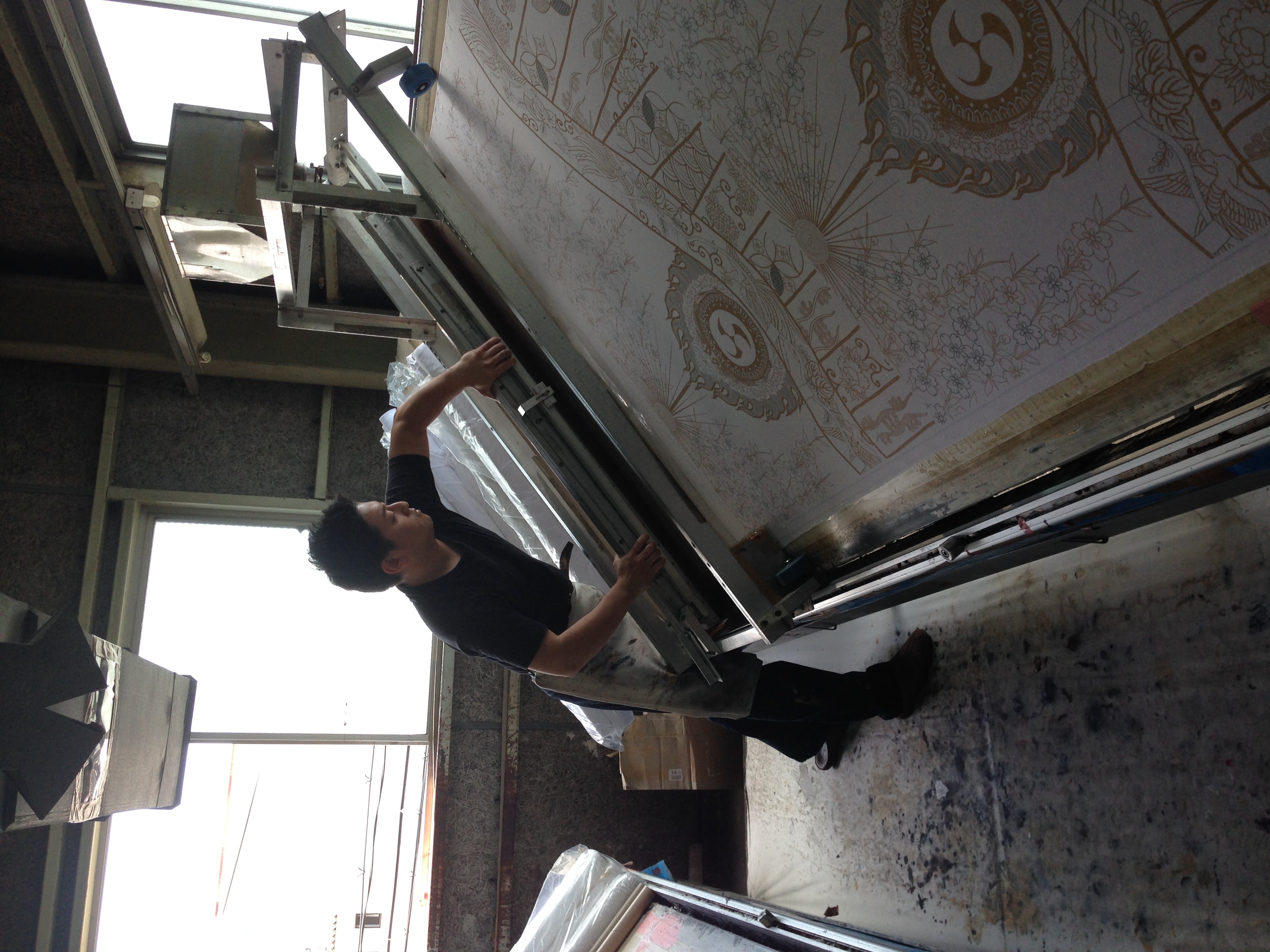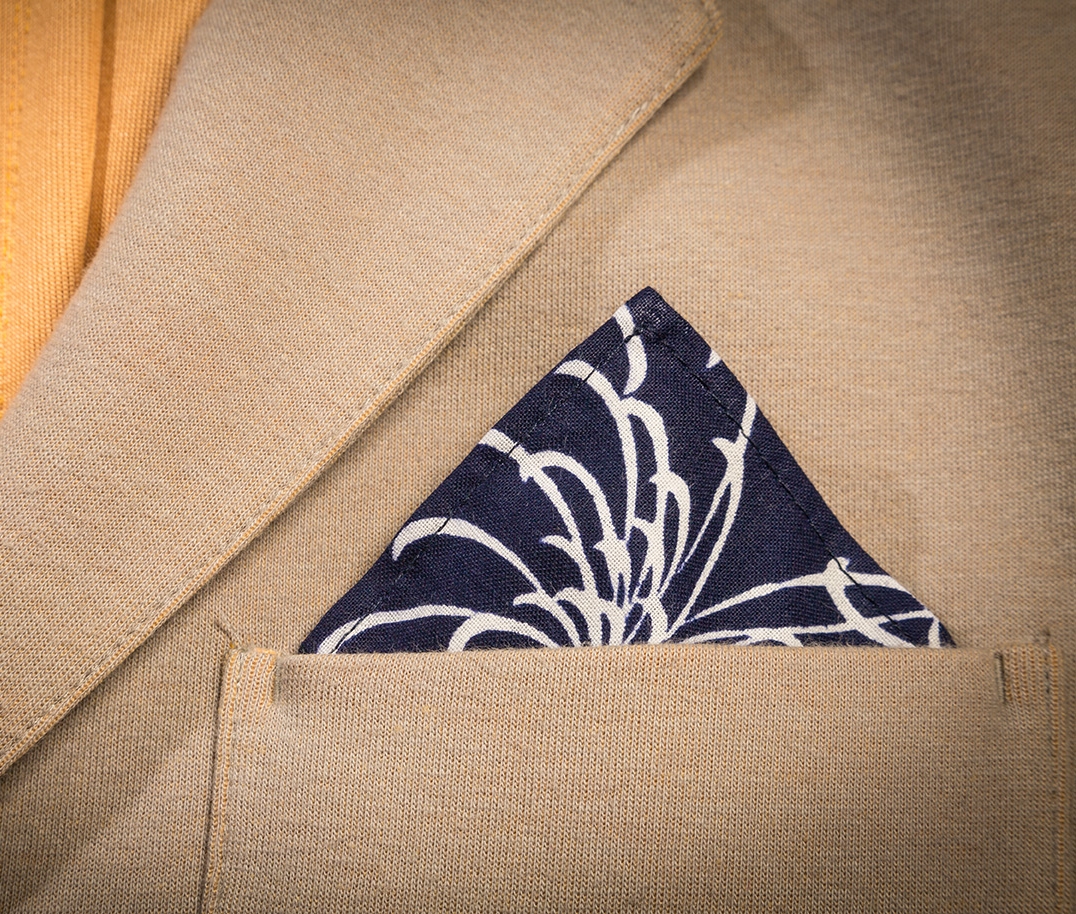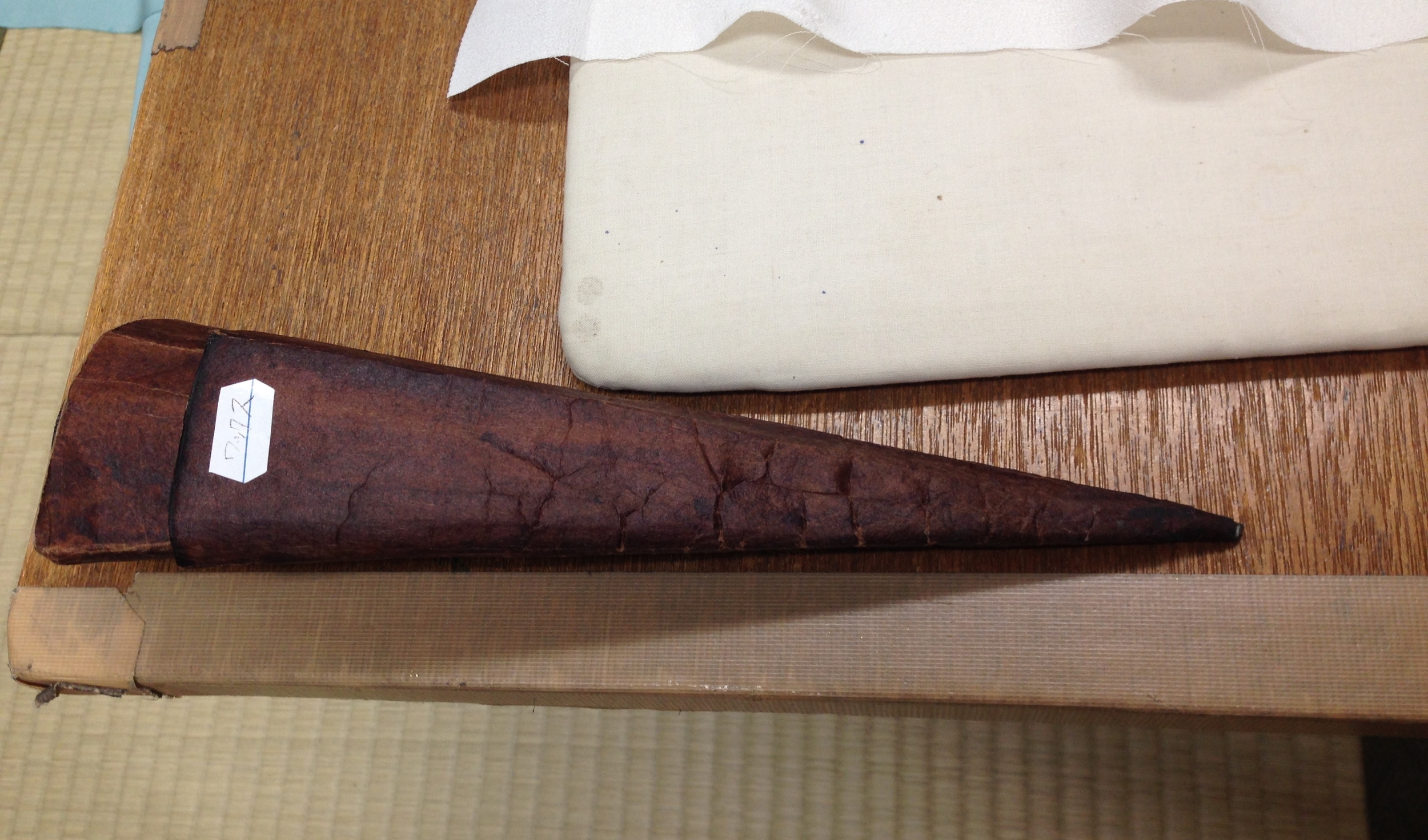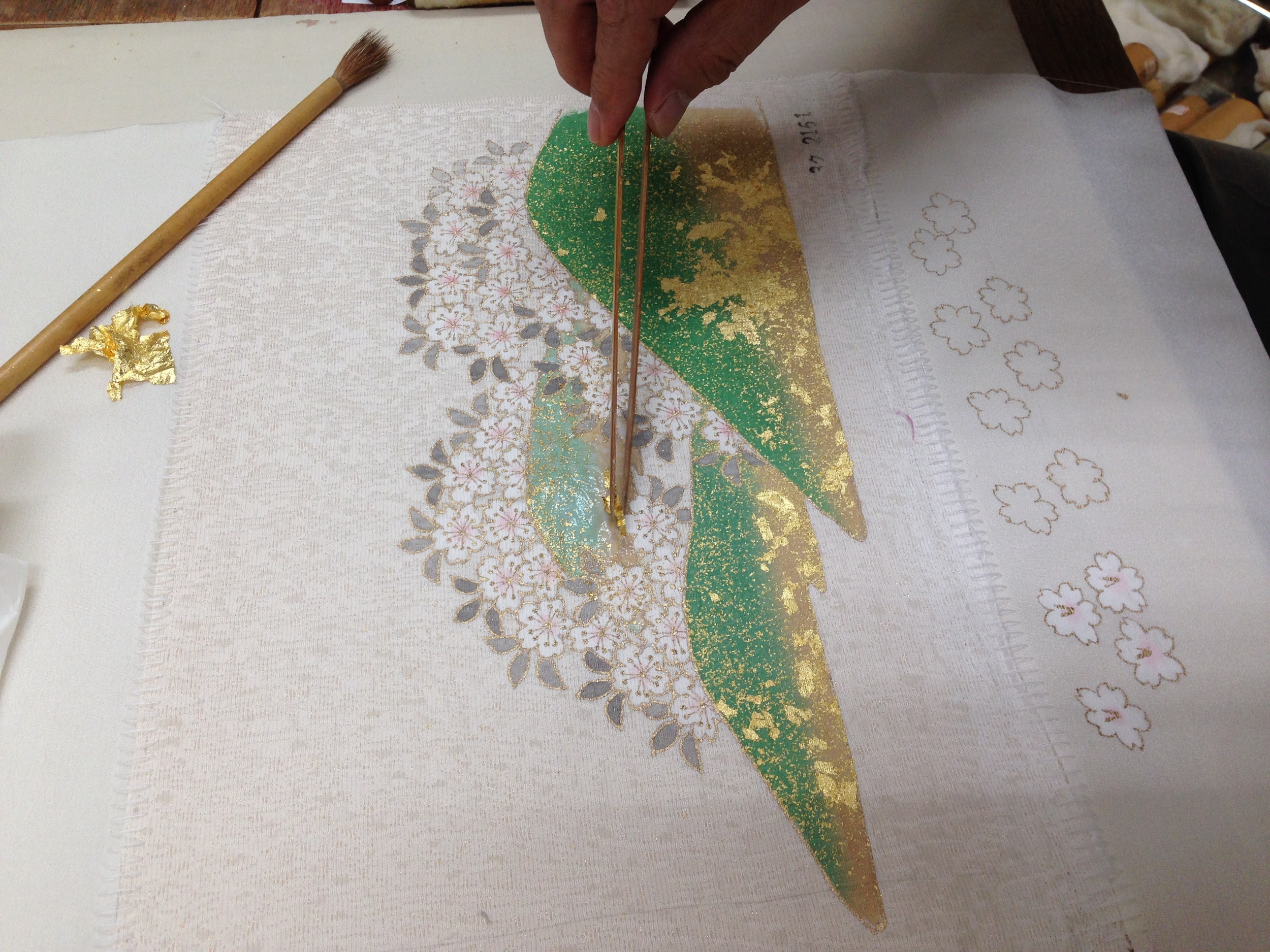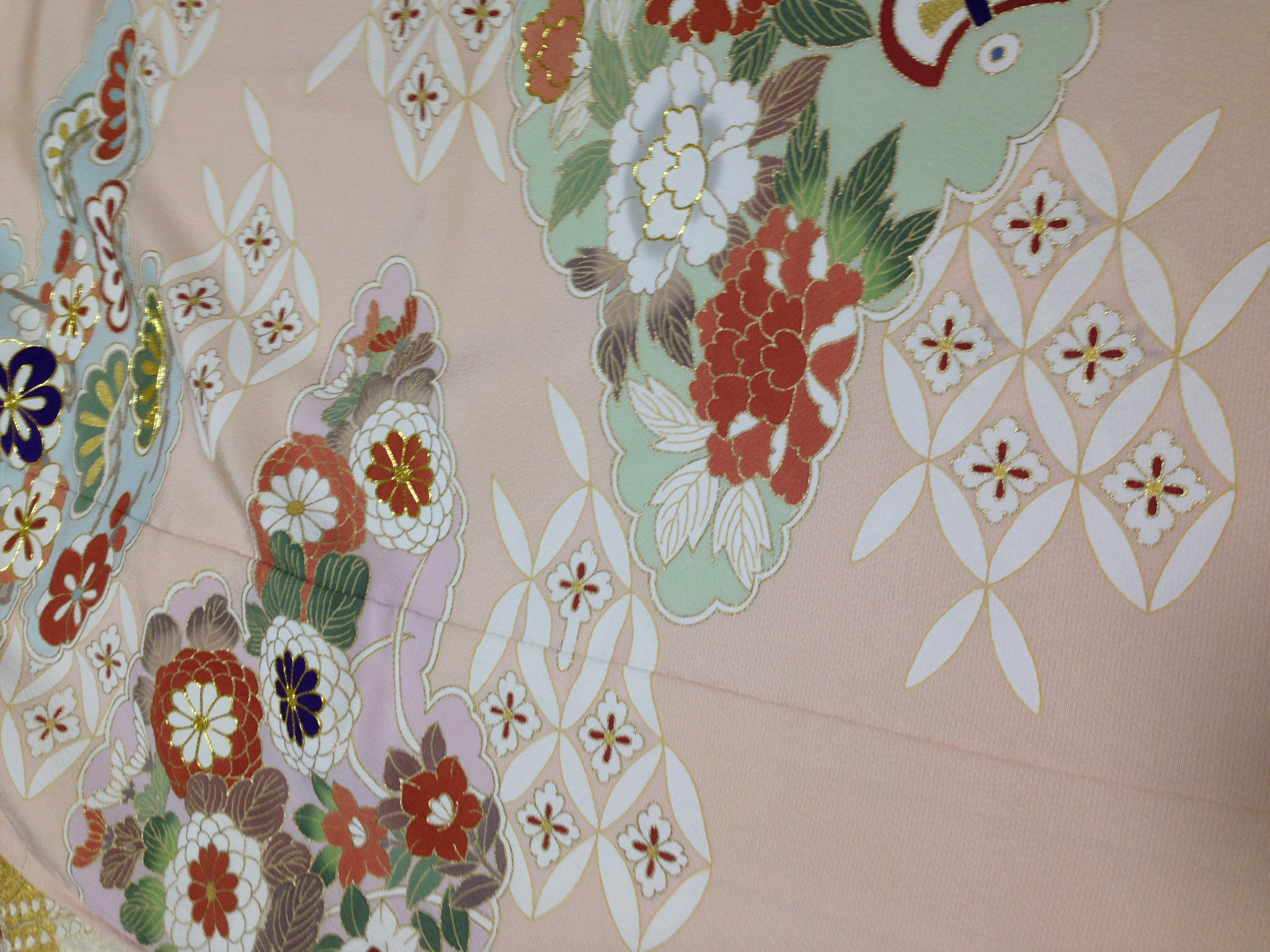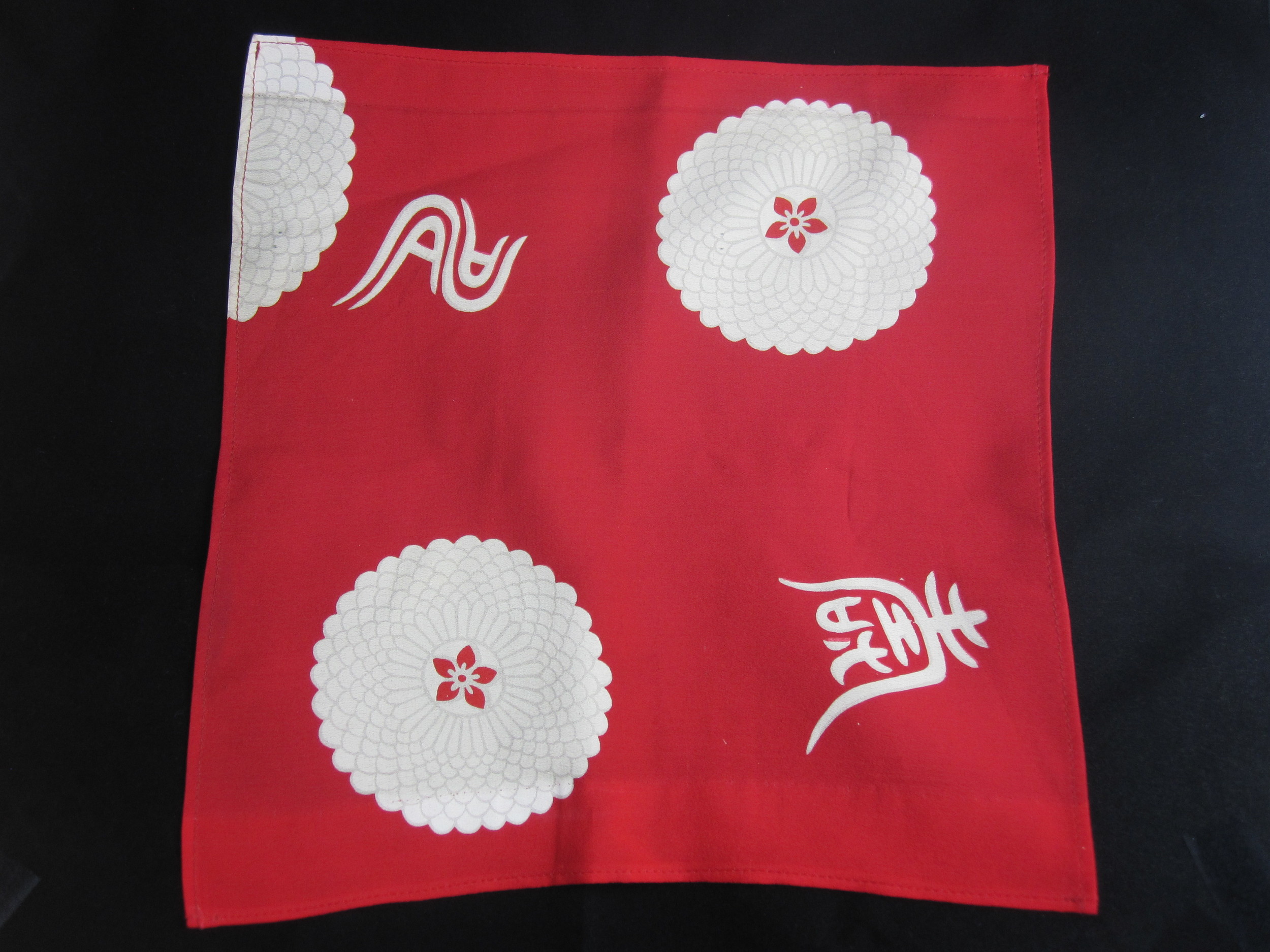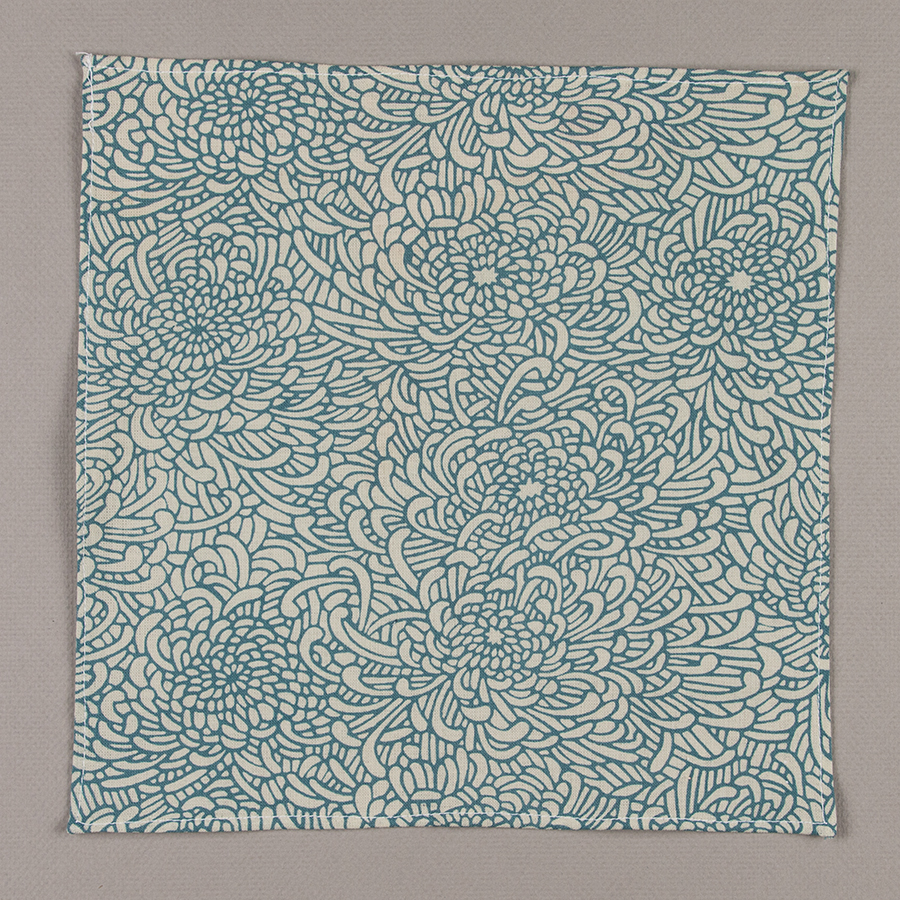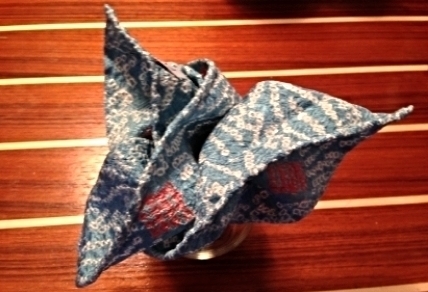Braces, referred to in the United States, as suspenders have existed in one form or another since the birth of trousers or pants. Braces are not something to be afraid of, nor are they to be thought of as antiquated or overly formal. When dressed appropriately, they offer a comfortable blend of function and form, modernity and versatility, helping you stay comfortable in your pants whilst allowing them to hang properly and drape cleanly throughout the day.
But, before all that, let’s begin at the beginning because there’s much more to braces than simply an alternative to the belt that holds up the pants.
The creation of the modern trousers, as we know it today, is attributed to George Bryan "Beau" Brummell (known as the 'Ultimate Man of Style' and his friendship with the Prince of Wales, the future King George IV) and his tailor, Jonathan Meyer. This was in the early 1800s at his Conduit Street workshop in the London district of Mayfair. "Beau" Brummell is credited with introducing the modern men's suit, worn with a necktie, establishing it as fashion and as a staple in today's men's wardrobe. In order to create the stretched, slim look of Brummell’s trouser legs, the straps securing the hems needed to be countered by suitable supports at the waist. Brummell’s design incorporated a foot-strap to keep the trouser-legs taut and straight – a feature that still exists on the bottom half of British Guards and Cavalry dress uniforms.
Around 1820, Mr. Albert Thurston invented the perfect product to pair with the new trousers. He used leather loops to attach braces to buttons that were sewn onto trouser waistbands. The braces could then be easily transferred for use from one pair of trousers to another. Whilst the leather loops remain a feature of the majority of Albert Thurston braces produced to this day, the configuration of the brace-straps has changed over time. Albert Thurston still remains the premier choice for proper English-made braces today. All of Faburiq's leather loops used on our suspenders are made with English leather, inspired by the inventor himself.
Initially thought of as ‘underwear’ to be worn exclusively beneath a waistcoat, it was distasteful to wear suspenders if a vest or another piece of clothing did not cover them. As recent as 1938, exposing them was against the law on Long Island. But by the turn of the twentieth century, suspenders were increasingly becoming an accessory to take notice of, a statement piece that enhanced one’s tailored look and a demonstration of one's knowledge of how to dress.
From a practical viewpoint, correctly fitted suspenders allow you to completely forget about slouching through the day and hitching your pants up. There is nothing less elegant than pants pulled-tight with a belt that seldom stays where you want them. Suspenders eradicate that problem, hanging pants elegantly and immovably from your shoulders. They allow for your pant waistband to be looser, therefore a little roomier than if you were to wear a belt. This is not only comfortable but allows for the pant to fall through the leg more naturally. In the same breath, they allow for one to wear pants with a slightly higher rise that sit atop, rather than across the hips for a classically elegant aesthetic. Suspenders come in either button-in or clip-on variants. Button-in are more traditional and grown up. Buttons are always supplied with button-in designs, such as Faburiq's suspenders.
Suspenders also add color and character to a tailored ensemble; try a simple navy suspender with grey flannels and a tweed jacket, or else wear a pair with subtle spots or stripes under a navy blazer with a denim shirt and chinos for an understated look. Generally speaking, the narrower suspenders feel less formal, hence a good place to start for smart-casual dress. For suiting, try the wider width suspenders and complement them with the colors in your tie or accessories. Whichever style, pattern or composition of suspenders you choose, they are more than worthy of your attention and experimentation this season. They will certainly make the perfect discussion or point of distinction. Embrace them and enjoy.
Author: Aruña Chong Quiroga
Ref: "Well Hung: The Ups and Downs of Trouser Braces" Mason & Sons | Nov 2015







